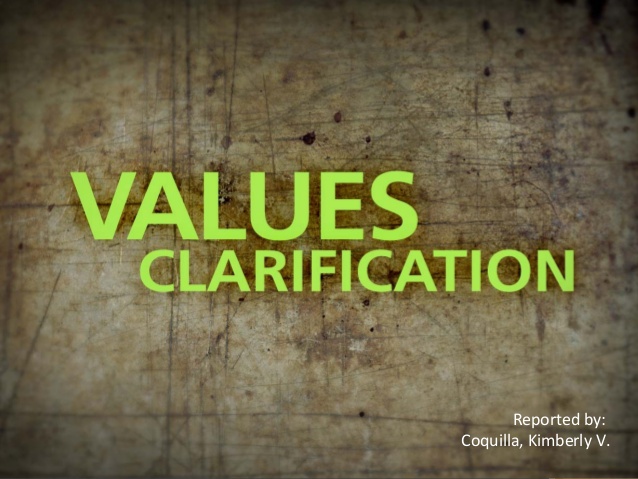Couples Relationships: Why Do They Fail?
Individuals have a natural need to look for fulfillment in coexistence through closeness - love, sentiment and sexual connections. To give and get backing and support builds up a feeling of having a place, so to mind and be really focused on we look for an equal relationship that feeds and sustains us innumerably.
Our drive towards association includes common impact, sharing considerations and sentiments and taking part in exercises together. A couple's relationship includes progressing responsibility, steady associations, passionate association and shared satisfaction of necessities and wants, collaboration and thought.
Given this intricacy is anyone shocked that couples bomb when they are gone up against by the tremendous difficulties of relationship? As indicated by one late overview just about a portion of relationships end in separation and as per another 33% of close connections separate before the age of 25.
In my work with couples in relationship I got inquisitive about the idea several connections and especially the inquiry: How is it that connections don't succeed?
While connections can be contacting and valuable and loaded with complementary inclination, sympathy and closeness, they can likewise be harmful, cold scorn fields.
I have occupied with some private examination to build our insight into how connections fizzle. I might want to sum up it momentarily here. I need to recognize precisely how a relationship can be undermined by the two accomplices included.
A personal connection can be undermined in six standard manners. They are:
1) Merging
2) Leaning
3) Dominance
4) Twin Frustration
5) Freeze Out
6) The Bridge or the Swiss Weather House
How about we take a gander at every one of these in a little detail.
1) Merging
At the point when individuals have no feeling of an individual self, they have no feeling of the other. This outcomes in a converging of personality and independence in relationship. It reflects a re-visitation of the mother-child relationship and the profound explanation is the issue of sustenance and the powerlessness to get. The incongruity of the consolidated relationship is that neither one of the partners gets what they need from the other, since nor is a recognizable supplier or recipient; rather they are a combined (and regularly very disappointed) unit.
2) Leaning
This sort of relationship depends on reliance and the wellspring of this sort of relationship dynamic is childish. It mirrors the oral phase of early advancement when we looked to the rest of the world and individuals in it to address our issues. The dread is that if different leaves us we won't endure and this thought ordinarily substitutes with the contrary thought which can be summed up as: "I needn't bother with you since I can remain solitary." Either way the relationship fixates on need, with the shocking result that neither might have the option to give the other what the person in question needs, since each accomplice needs it so gravely themselves.
3) Dominance
In this sort of regularly Toxic Narcissistic Relationships power is fill in for affection. The accomplices may venerate, romanticize, revere or malign, misuse or even disdain each other strongly. Yet, genuine emotions don't go into the relationship. Therefore, there can be no genuine gathering and each accomplice involves a desolate confined presence of wantonness and passionate void. This relationship must be communicated through control, retaining, withdrawal and all types of force and mastery.
4) Twin Frustration
This is the sort of relationship that depends on the possibility that neither one nor the other individuals included can at any point be free. They abandon their inward villains in projection and transaction onto one another. The relationship turns into a field for contention, strife and carrying on threat. Hardheadedness and negative enthusiasm direct in what is basically a masochistic type of connection. The two accomplices worry about the relationship as a concern and bear their connections through negative oblivious reactivity, as opposed to any outflow of delicacy, sympathy or genuine fellowship.
5) Freeze Out
At the point when a relationship is portrayed by movement as accomplishment and rivalry, sentiments and feelings come in just short of the win. The outcome is briskness, withdrawal and distance. Each accomplice is put resources into getting down the other through analysis, judgment and embarrassment. The feature is dismissal and neither permits him/herself consent to need or feel. The passionate mentality is unbending and dispassionate, as each accomplice attempts to hate and even disdain the other trying to claim ignorance and arrival of their own self-loathing.
6) The Bridge or the Swiss Weather House
This relationship can be summed up as: "The more I come towards to you, the more you move in an opposite direction from me".
Picture this: the two accomplices stand separated, independently on one or the other side of an extension. The scaffold is among them and it represents the purpose of meeting, or the relationship. One moves towards the focal point of the scaffold showing a craving to relate (offer, meet, or be private). However, as the other accomplice pushes ahead to meet them, the principal accomplice pulls out to the bank where they initially stood. Inciting the other accomplice who is currently on the scaffold to ask, "Where are you?" As he/she steps back so the primary accomplice crosses back to the focal point of the extension once more, just to reply (when the other is at a protected distance), "I'm here, where are you?" And so it goes on in an act of meeting and readiness, reluctance and dismissal, greeting and relinquishment - all sabotaging the desire for closeness. Each faults the other for not gathering and relating, neglectful of the oblivious withdrawal and refusal they, at the end of the day, are rehearsing.
The Swiss Weather House, similar to the scaffold, is a similarity depends on the possibility that just one side of the relationship can be out whenever. At the point when one side goes in, different comes out.
A Healthy Model of Relationship
Connections are empowered through division and limits. There are three components in a genuine close connection: oneself, the other and the relationship. Every one of these components should be recognizable, regarded and respected. At the point when they are, the two people can remain all alone. The singularity might be forfeited to the relationship in thought, bargain or magnanimity. However, each decides to meet, be together and relate, as opposed to constrained or unwittingly determined out of need or dread.
Richard Harvey, Psychotherapist, Author and Spiritual Teacher, makes the association among guiding and psychotherapy and profound development. He talks especially to the individuals who are searching for more than they have found in treatment. What's more, offers direction to those looking to attempt the internal excursion - direction liberated from authoritative opinion and grounded in what a large number of us experience as the "chaos" of our characters.




Comments
Post a Comment